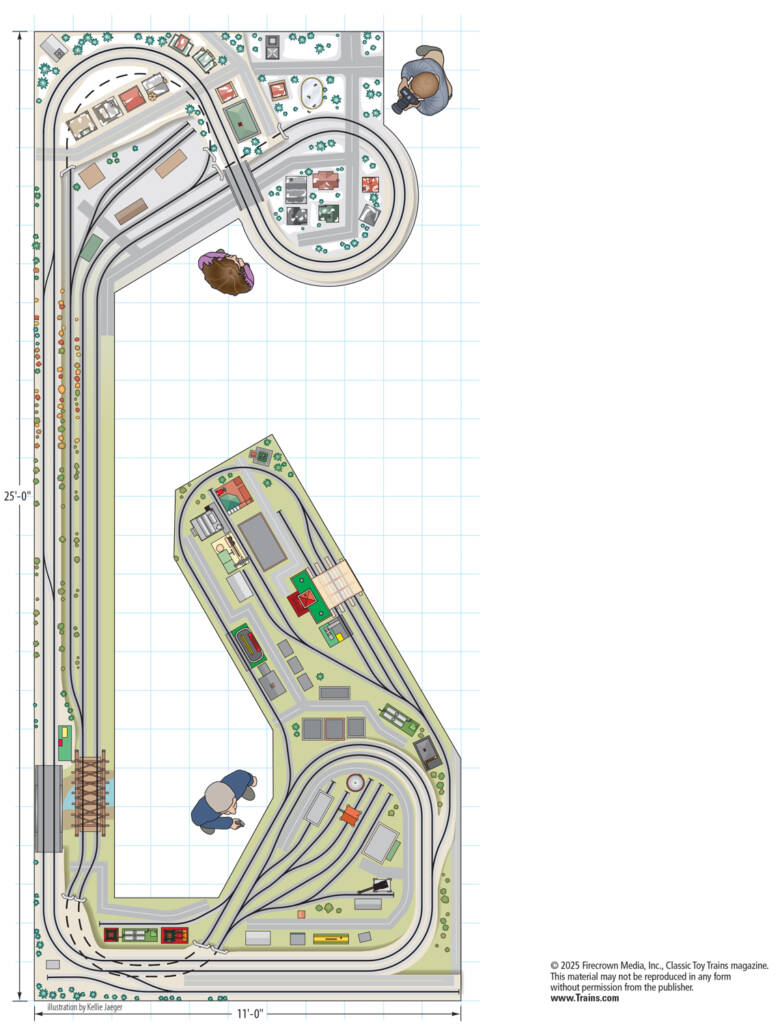
Dave Baule’s S gauge layout Dimensions: 11 x 25 feet Track and switches: American S Gauge (diameters range from 38 to 76 inches) Motive power: American Models, Gilbert American Flyer, S-Helper Service Rolling stock: American Models, American S Gauge, Downs, Gilbert American Flyer, Lionel American Flyer, S-Helper Service Controls: Gilbert American Flyer Nos. 16B and […]
Read More…
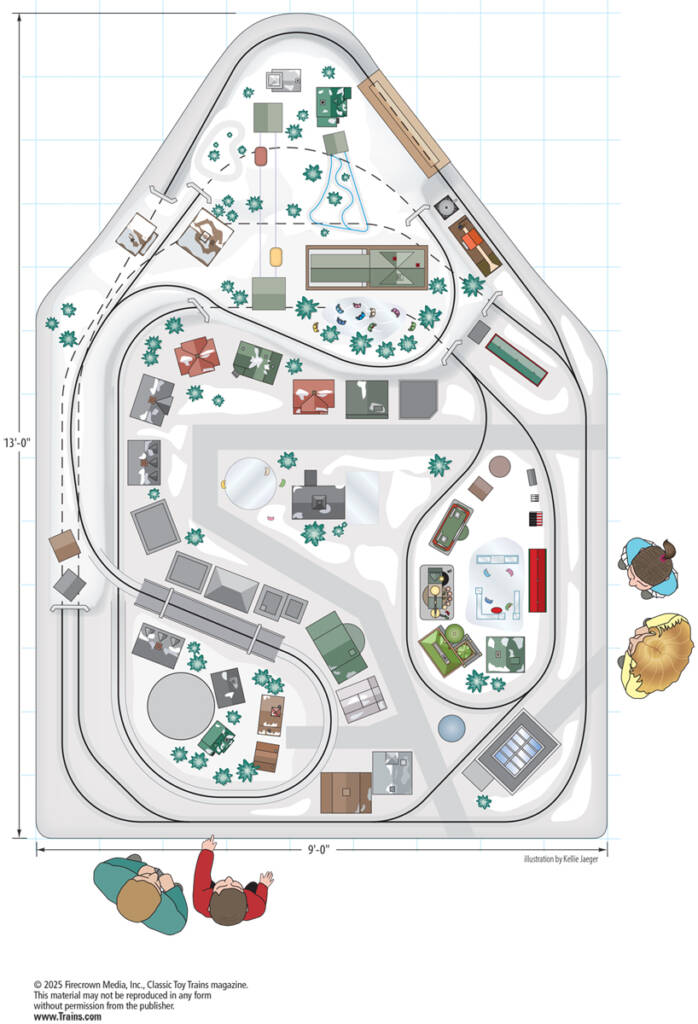
Bob and Diane Zwieg’s O gauge layout Dimensions: 9 x 13 feet Track and switches: K-Line, Lionel (diameters range from 27 to 72 inches) Motive power: Atlas O, K-Line, Lionel, MTH, Williams Rolling stock: Atlas O, K-Line, Lionel, MTH, Williams Controls: Lionel, Model Rectifier transformers with Lionel TrainMaster Command Control Accessories: Department 56, Lemax, Lionel […]
Read More…
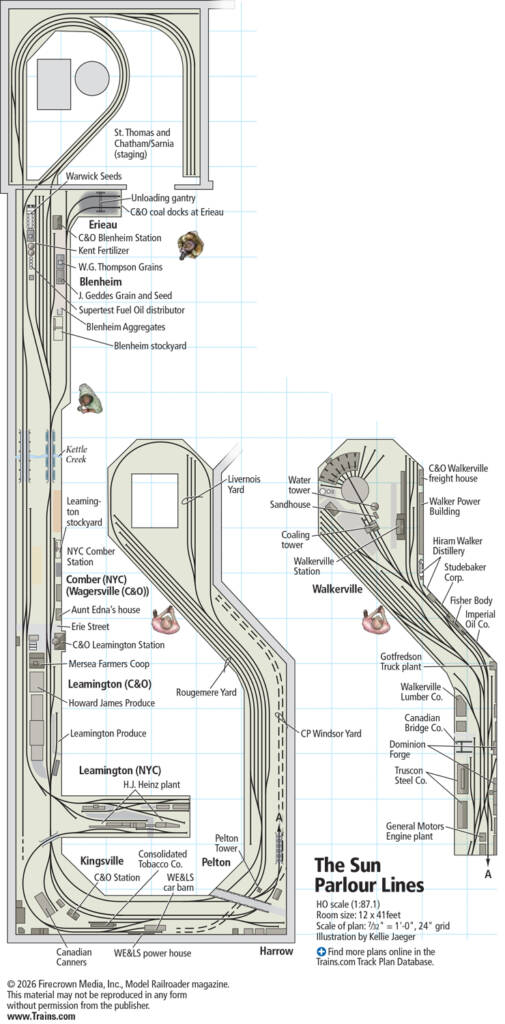
Facts and features Name: Sun Parlour Lines Scale: HO (1:87.1) Size: 12 x 41 feet Prototype: Chesapeake & Ohio and New York Central Locale: southern Ontario Era: September 1955 Style: around the walls Mainline run: 150 feet Minimum radius: 28″ (main line), 22″ (hidden loop) Minimum turnout: No. 6 (main line) Maximum grade: 2.5% Benchwork: […]
Read More…
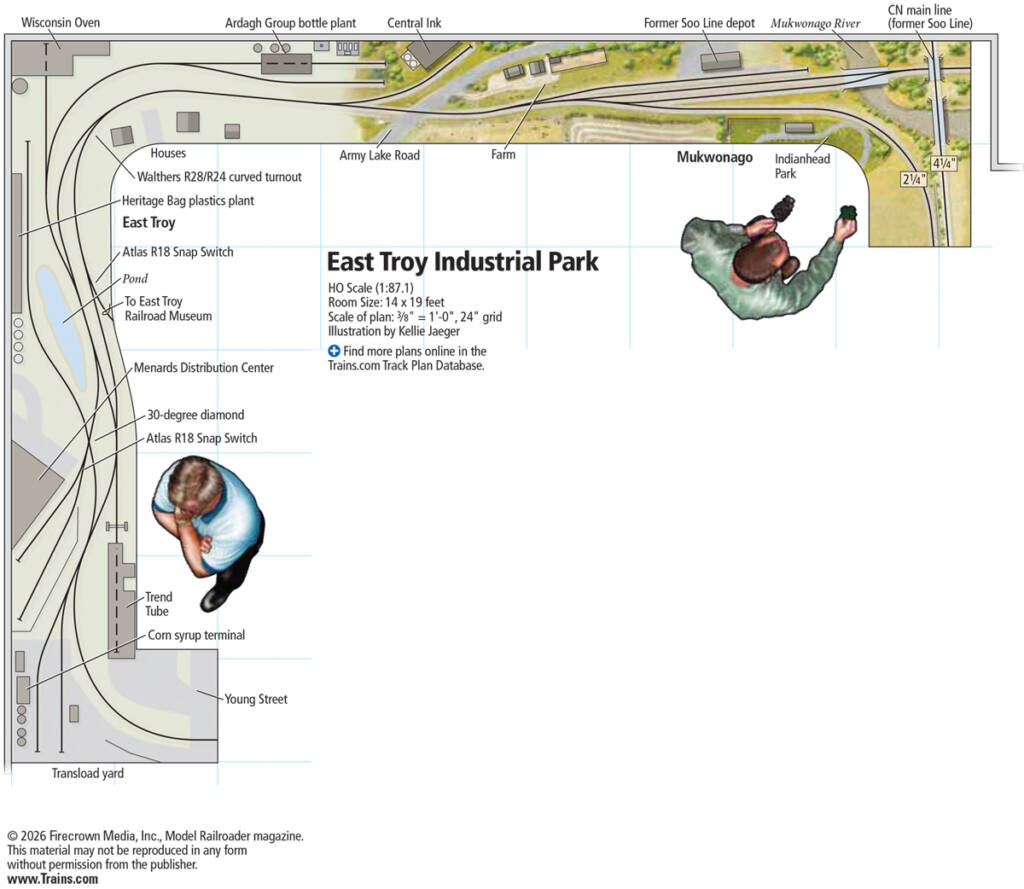
Facts and features Name: East Troy Industrial Park Scale: HO (1:87.1) Size: 14‘-2“ x 19‘-0” Prototype: freelanced industrial switching Era: present day Local: southeastern Wisconsin Style: around the walls Mainline run: 33 feet Minimum radius: 28“ (main), 18“ (spurs) Minimum turnout: No. 5 (main) Maximum grade: 1.5% at interchange Benchwork: L-girder Height: 42” Roadbed: cork […]
Read More…
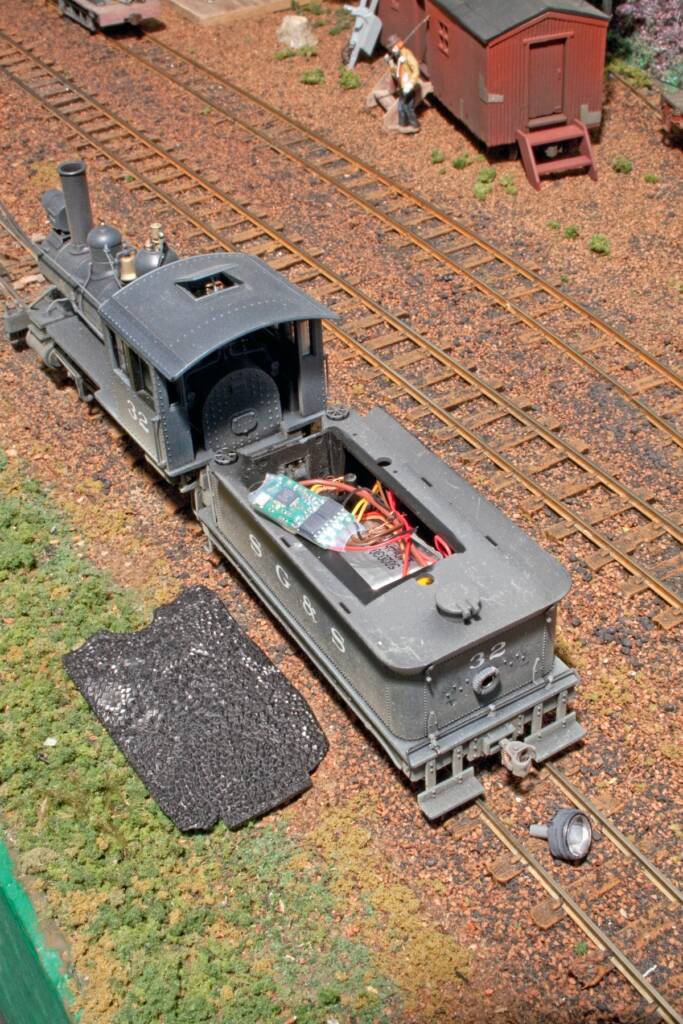
“Dead Rail” or “Power on Board” — no matter what you call it, the concept is the same: a model locomotive that carries its own power source. This eliminates the need for alternating or direct current track power, along with multiple headaches such as short circuiting, dead frogs, and dirty rails. Rechargeable batteries have become […]
Read More…

What do I collect? I collect original prewar trains in Standard and Wide Gauge, i.e. 2 1/8”. Lionel created the gauge in 1906, and called their trains the “Standard of the World.” Soon, Standard gauge caught on as a label, possibly to differentiate from other gauges at the time. When the Ives Toy Co. modified […]
Read More…
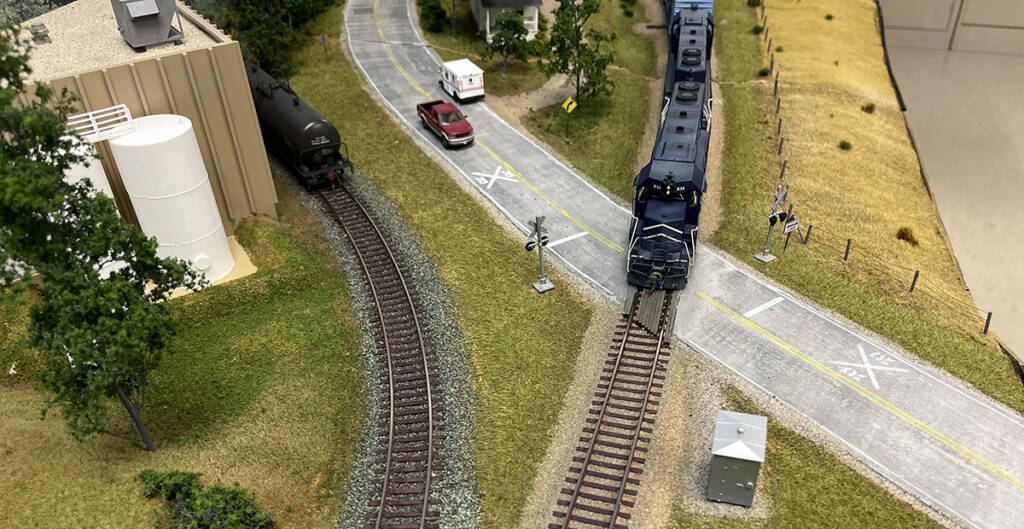
By the time you’ve laid and wired your track and installed your train and turnout control system, it’s easy to let construction of your new layout take a back seat to running trains. After all, the entire purpose of building the layout is to be able to have a place to enjoy operating your model […]
Read More…
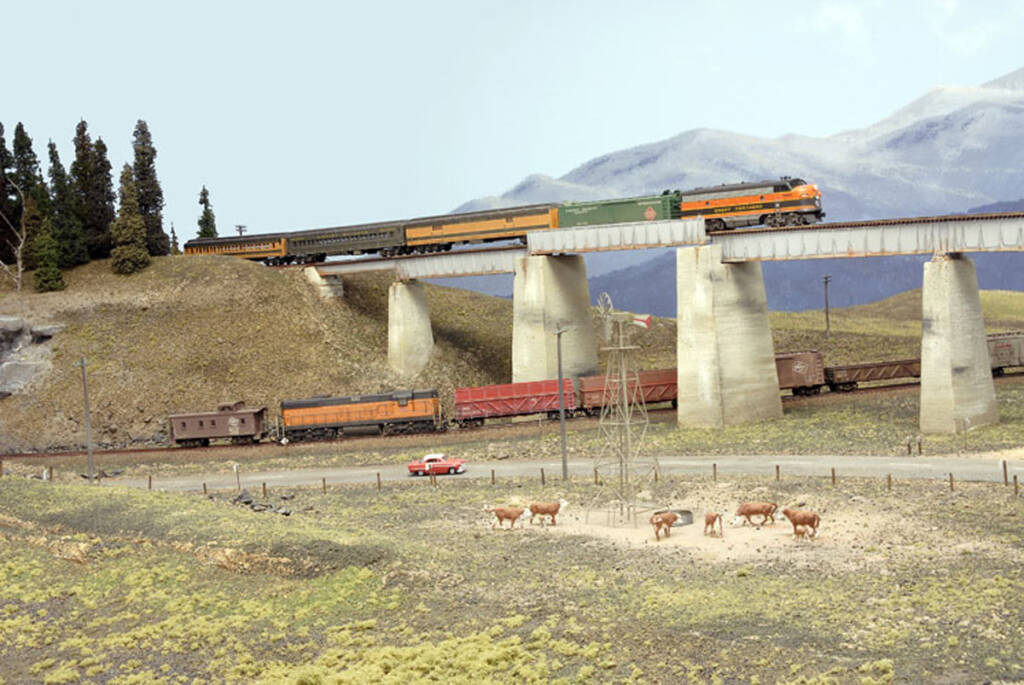
When I cut a hole in the living room wall in order to expand my N scale railroad into the hallway beyond, I thought that was as large a model railroad as I would ever own. I was just happy that my wife agreed to my bizarre suggestion (see “Harlowton, Montana, in N scale,” Model […]
Read More…
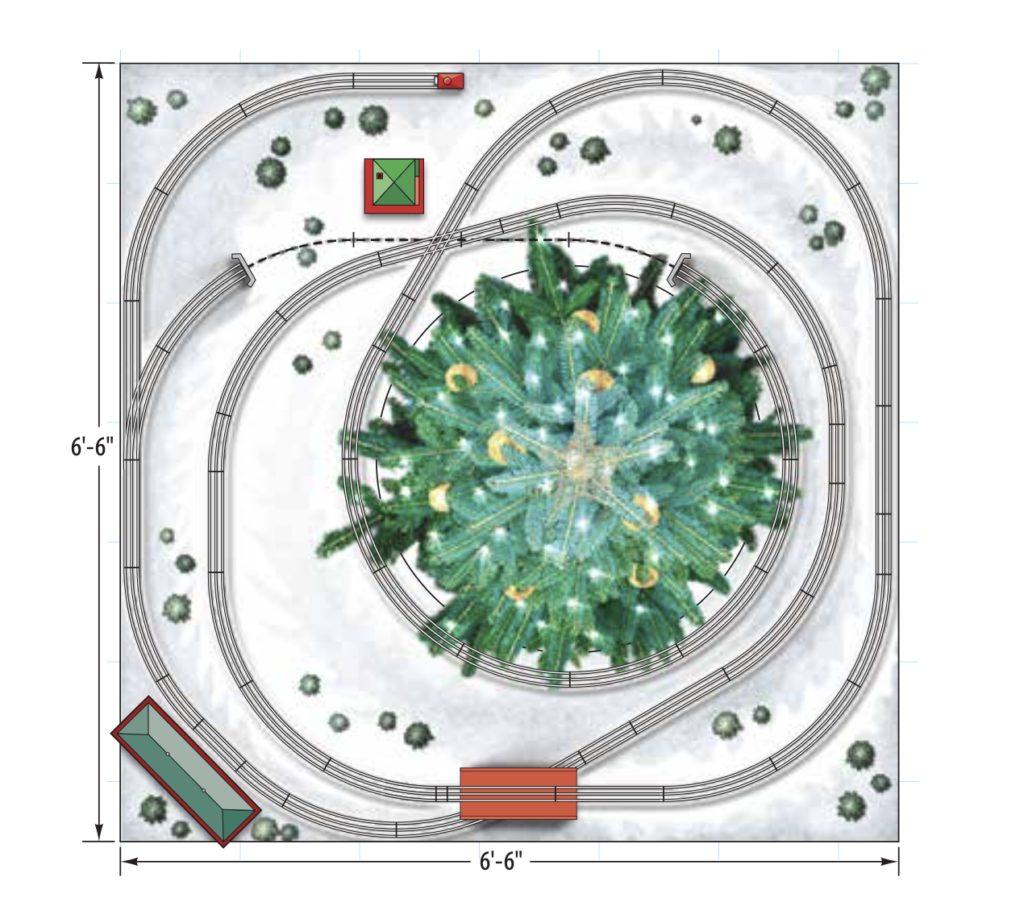
In the December 2006 issue of Classic Toy Trains, then-Editor Neil Besougloff presented his design for a “three times around the tree” layout. It has since become a favorite with many readers and has inspired several holiday layouts. We’re presenting Neil’s original plan, featuring Lionel O-42 tubular track curves, a tunnel, and a 45-degree crossing. […]
Read More…
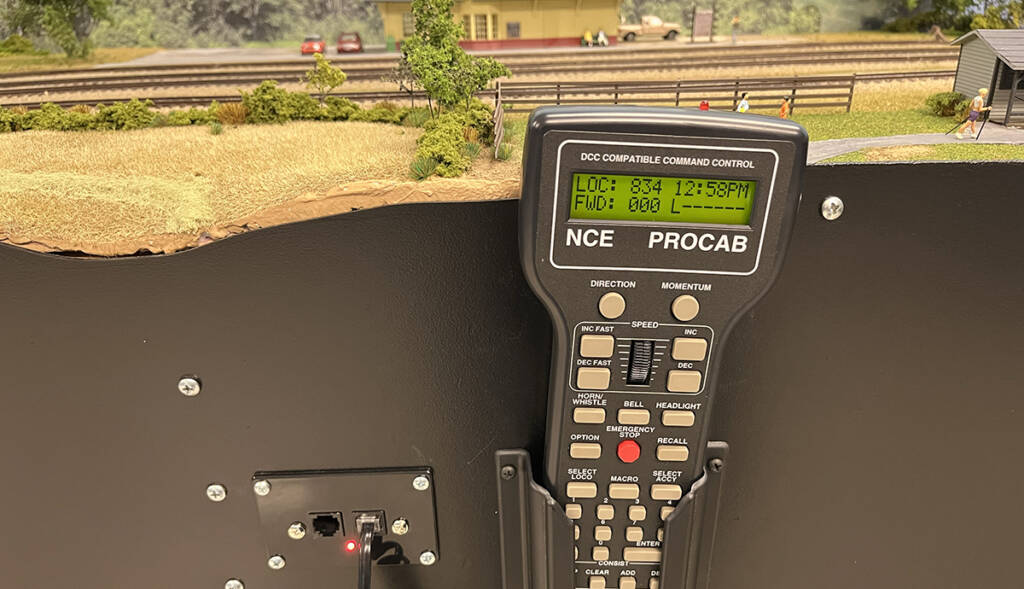
We pick up where we left off in part one. Having recently completed the roadbed, track, and wiring on our East Troy Industrial Park project layout, we advance now to… Digital Command Control Digital Command Control (DCC) is the best way to power and operate a brand-new model railroad. The biggest advantage of DCC is […]
Read More…
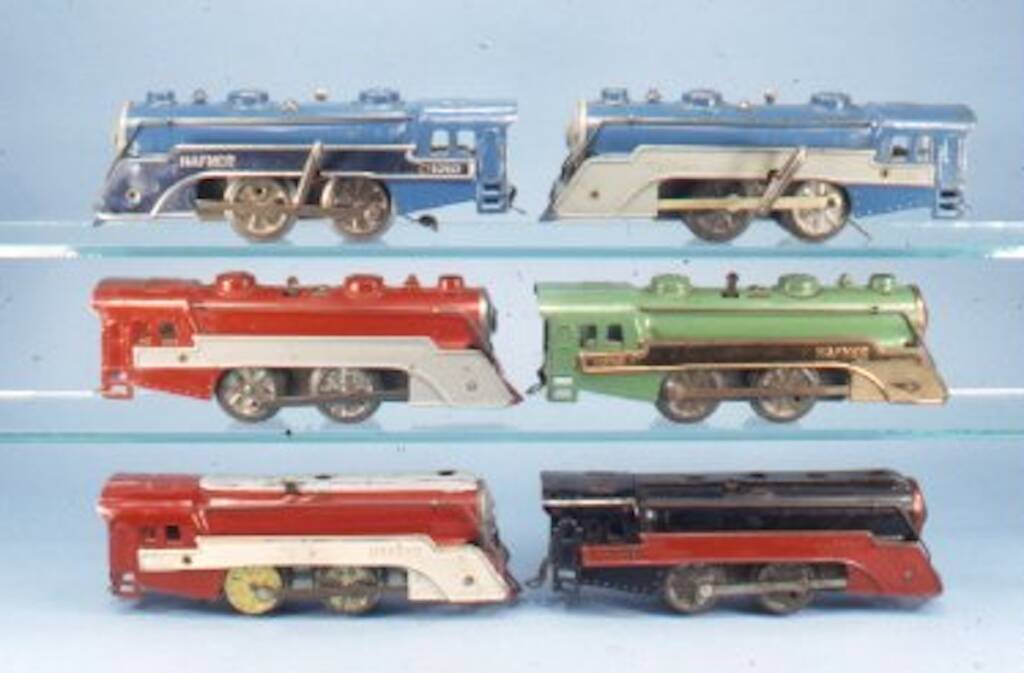
Former Editor Neil Besougloff purchased this manuscript in 2002, and wondered why it hadn’t been used. I found the answer while scanning the slides–the photo quality is not great. While the photos are not usable in print, I hope they find some value in this online version. I’ve also learned that author Peter J. Corrigan […]
Read More…
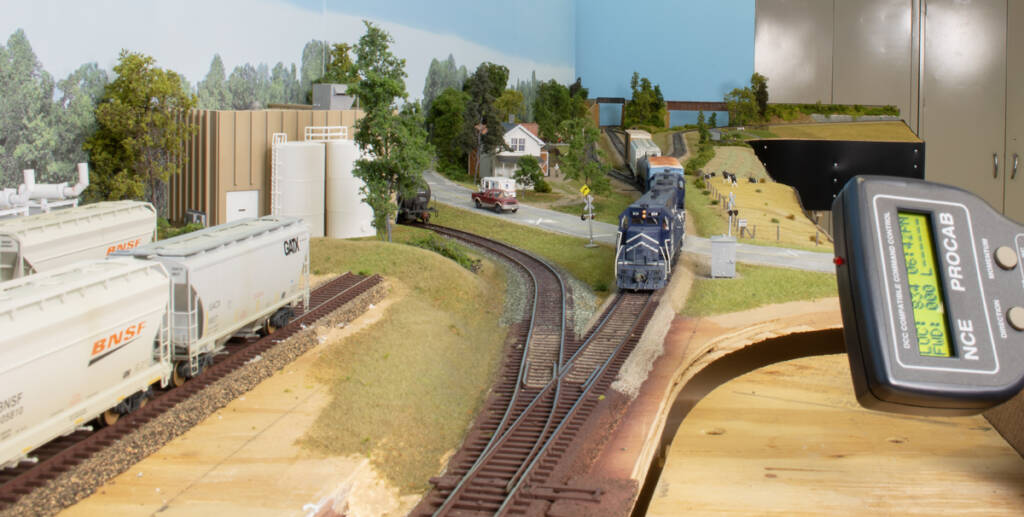
There’s nothing quite like that feeling of running a “first train” on a new model railroad. Although the scenery is still bare benchwork, the look and sound of those first wheels rolling under their own power along nickel-silver rails produces a thrill that never gets old. By the time we reach the conclusion of this […]
Read More…












